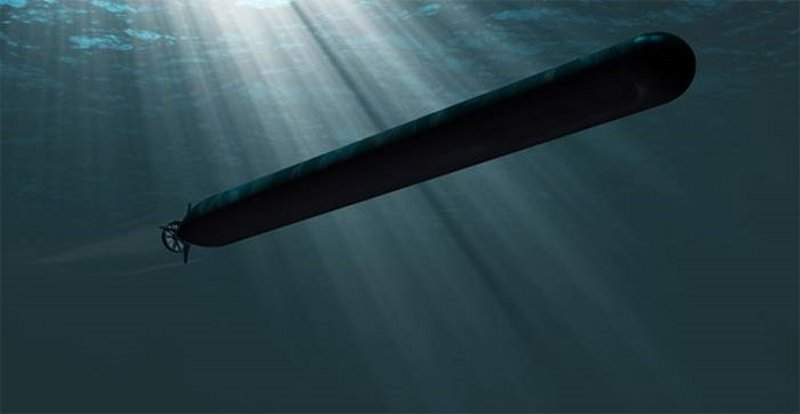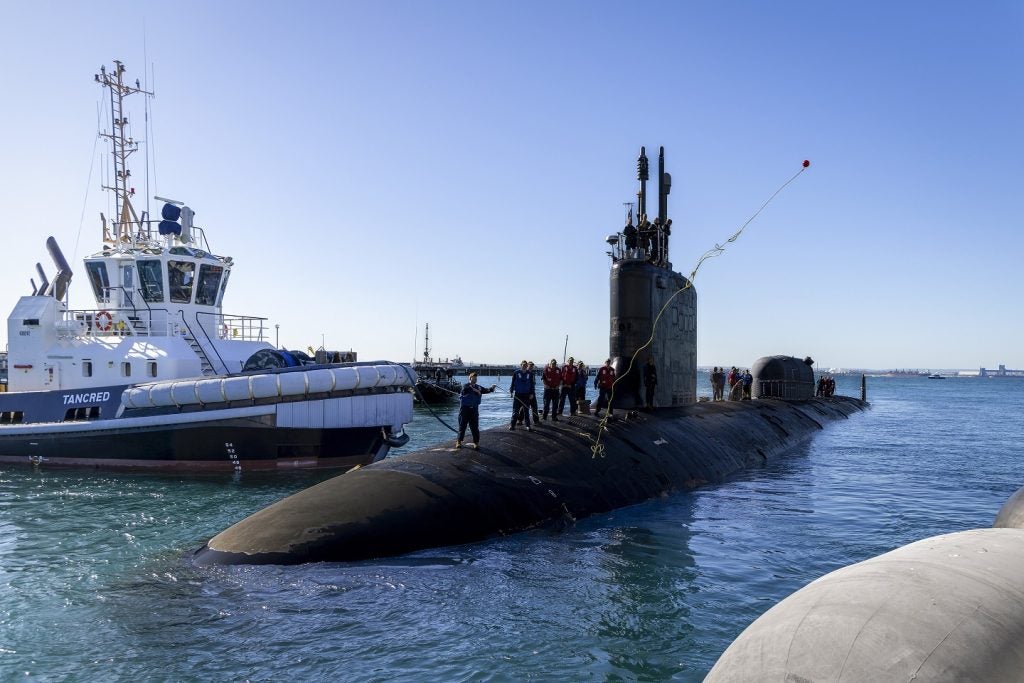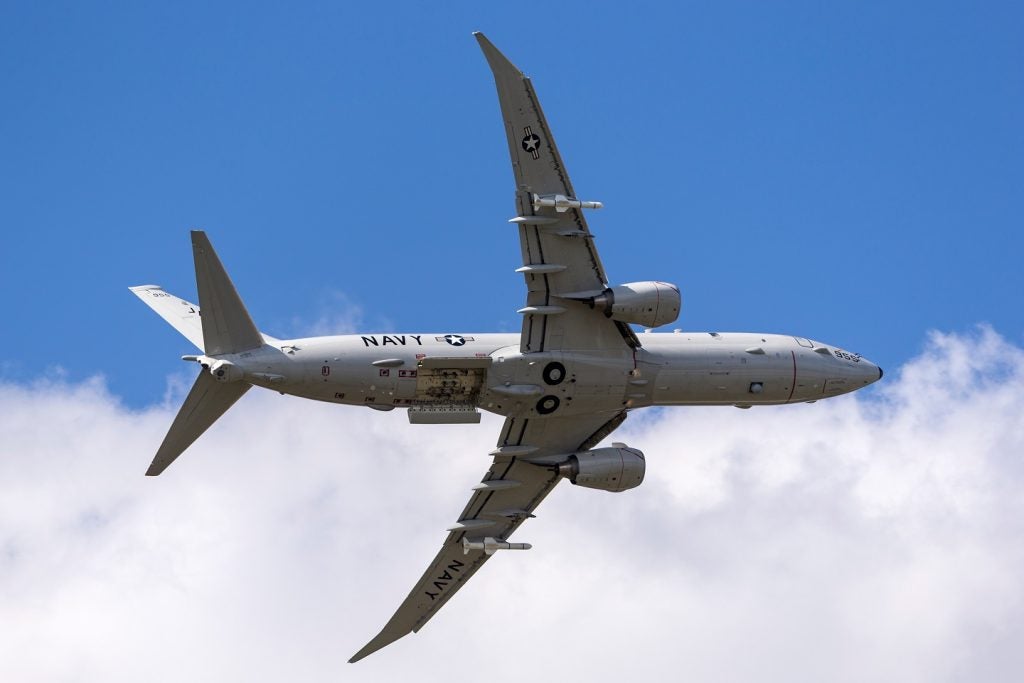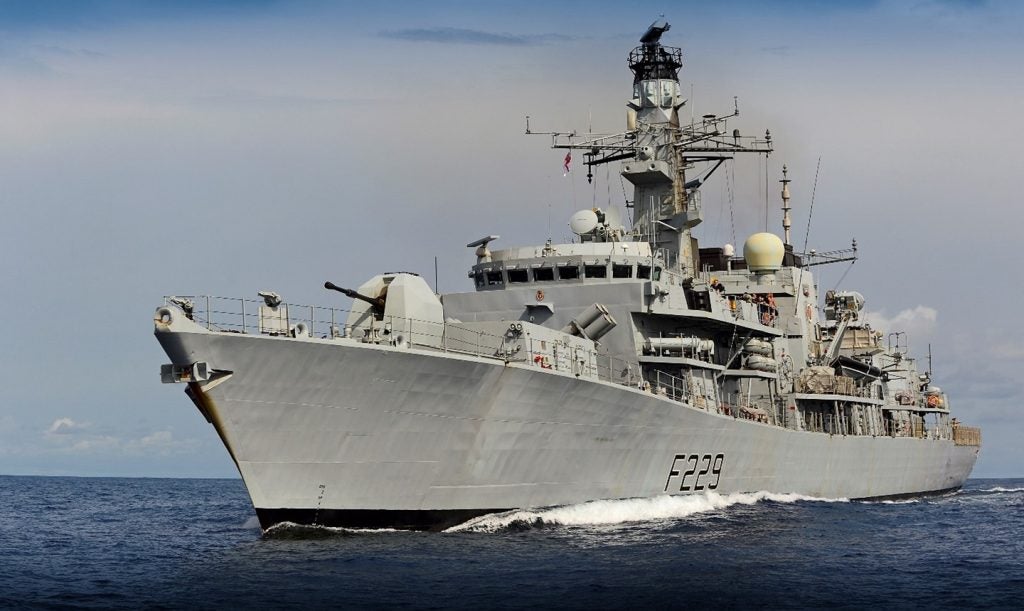
Lockheed Martin has secured a deal from the US Navy to design the extra-large unmanned undersea vehicle (XLUUV), Orca.
The company will help support the growth of the navy’s undersea autonomous vehicle systems via the new $43.2m design phase agreement.
The US Navy’s XLUUV project is a two phase competition, which involves the newly awarded contract along with a competitive manufacturing phase.
Up to nine unmanned vehicles are expected to be produced during the production phase in order to help meet increasing demands for undersea operational awareness and payload delivery.
How well do you really know your competitors?
Access the most comprehensive Company Profiles on the market, powered by GlobalData. Save hours of research. Gain competitive edge.

Thank you!
Your download email will arrive shortly
Not ready to buy yet? Download a free sample
We are confident about the unique quality of our Company Profiles. However, we want you to make the most beneficial decision for your business, so we offer a free sample that you can download by submitting the below form
By GlobalDataThe long-range Orca vehicle will feature a reconfigurable payload bay to allow it to carry out a wide range of missions.
Lockheed Martin Submersibles and Autonomous Systems director Frank Drennan said: “With each new undersea vehicle that Lockheed Martin designs, we bring to bear the state-of-the-art in technology, and innovative system integration of those technologies, to increase the range, reach, and effectiveness of undersea forces and their missions.
“With decades of experience supporting the US Navy’s mission, our engineers are approaching this design with a sense of urgency and continued agility.”
The autonomous vehicle includes several key features such as extended vehicle range, autonomy and persistence.
In addition, Orca will be able to transit to an area of operation, move around with the ability to periodically establish communications, deploy payloads and then transit home.
The unmanned undersea system will enable US Navy personnel to launch, recover, operate and communicate with the vehicle from a home base, thereby keeping them out of danger.







